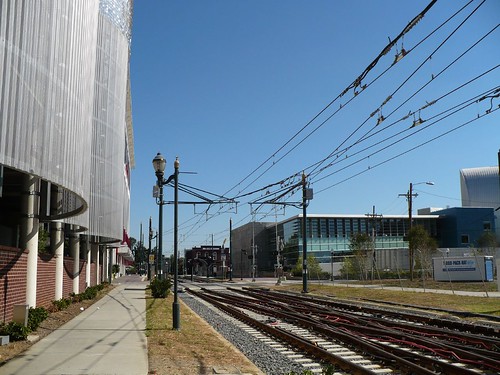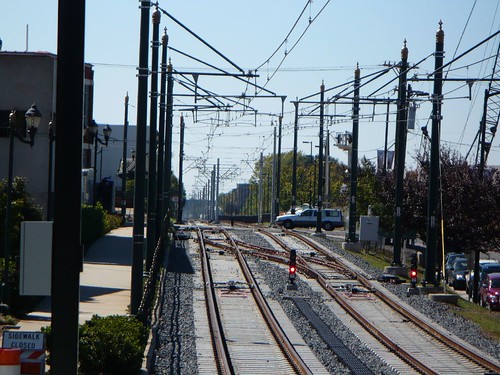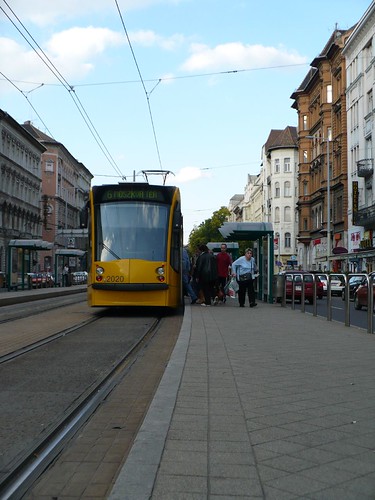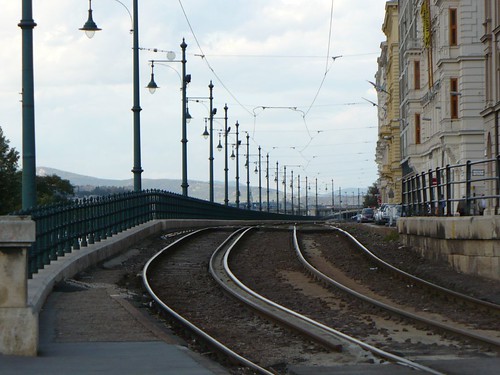Boosts Transit Funding: Obama proposes a large increase in transit funding, budgeting $23 billion in 2016 and a total of $123 billion to transit over six years. That would represent a 75 percent increase over current levels. The would go toward both expansions and the maintenance and improvement of light rail, BRT, subway, and commuter rail networks.Ha! Never going to happen with a Republican Congress right? But the flip side is worse. Because we know what that Republican Congress wants to do with a transit budget. A new classic quote via CityLab.
After all, the Republican Party’s official platform calls for a total elimination of federal subsidies to public transportation.CityLab covers even more issues that might arise from "sanctuary city" pushback too.
But if I may add something more to the conversation, the move to stop Caltrain from getting transit money through the New Starts or even Core Capacity funding programs seriously puts a damper on any future capital projects whether they are repairs or new. Caltrain in particular has been 4 years in the New Starts program showing how long it takes to go through the federal funding process only to have it cut out.
I think those saying "silicon valley is rich, they should pay for it" are missing the point. First is that we pay a significant amount of of tax to the federal government and should be able to recover that money. It's not like the region is building new huge ass freeways all the time sucking up our tax outlay, Doyle Drive not withstanding.
Second is that this is the process that has been laid out and the rules were followed and have been since 1991. The process to get federal transit funding is way more rigorous even than getting highway funds. Do I think it's perfect? No. But neither are state or local programs that prioritize projects like BART to San Jose or HOT lanes over needed transit connections and upgrades. We must do better, but don't hang us out to dry on good projects because of a stupid grudge. Once the central valley Rs start a Hatfield McCoy, who knows where it ends.
The reason why I started thinking about this was seeing planning begin for a project in Norfolk and an alternatives analysis for a Pittsburgh to Oakland BRT line that has been discussed forever. These projects haven't decided on funding yet but its possible they could go local. Though that is unlikely to happen. If federal funding dries up, so do these projects. They are not in California, a place that values transit spending but rather states that aren't so keen on funding capital projects and regions that have somewhat tempered pasts on active transportation.
And sure you can argue for devolution but what are we devolving to? States that don't give a damn about cities? Regional MPOs dominated by the suburbs? In a perfect world we have a balanced transportation system funded by regional governments that know what needs to be done to facilitate travel. But here in the real world, federal funding is necessary to cut through some of the crap cities have to go through to do projects they think are valuable.
Moving the goalposts is a dangerous precedent to set on a project everyone agrees on except those who believe in loyalty over a pretty solid measured process.







